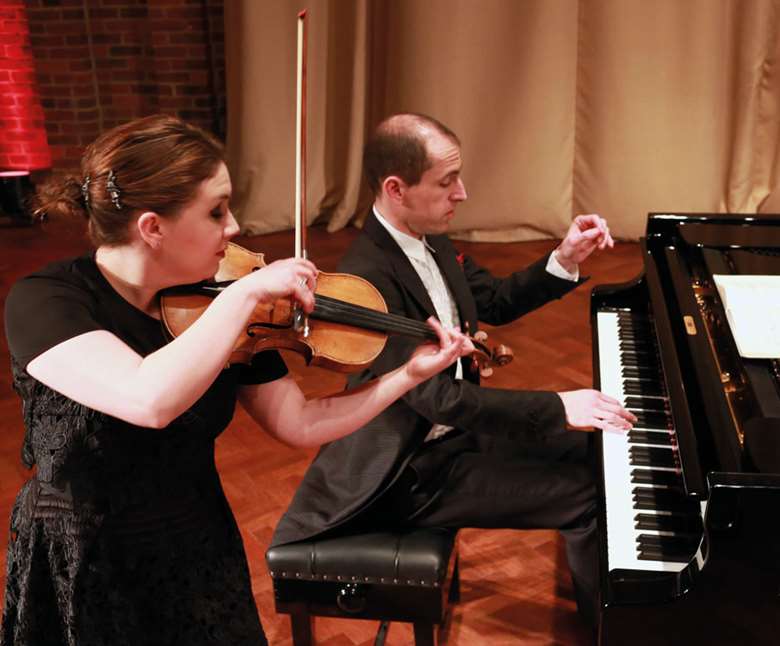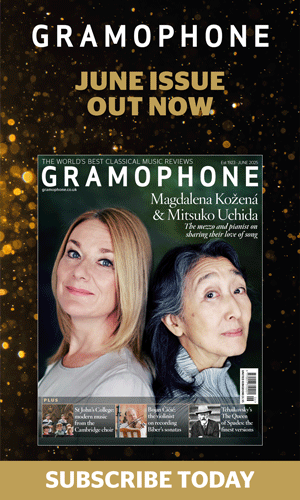Rising to the challenge of Beethoven’s Sonatas for Violin and Piano, with Chloë Hanslip and Danny Driver
Charlotte Gardner
Tuesday, October 17, 2017
Recording Beethoven’s Sonatas for Violin and Piano is a significant achievement for Chloë Hanslip and Danny Driver, heightened by their personal milestones of turning 30 and 40 respectively – but it’s the music, not the numbers, that excites this duo the most, finds Charlotte Gardner

Register now to continue reading
Thanks for exploring the Gramophone website. Sign up for a free account today to enjoy the following benefits:
- Free access to 3 subscriber-only articles per month
- Unlimited access to our news, podcasts and awards pages
- Free weekly email newsletter








